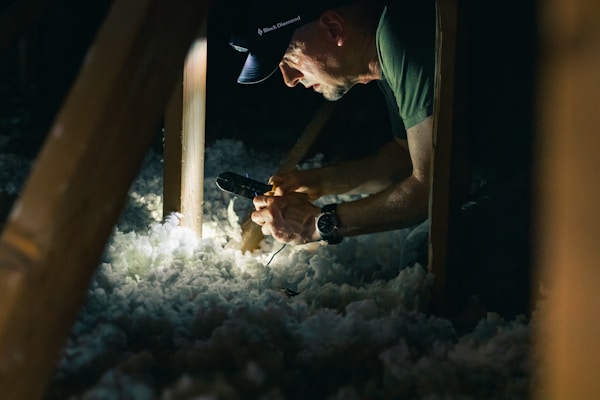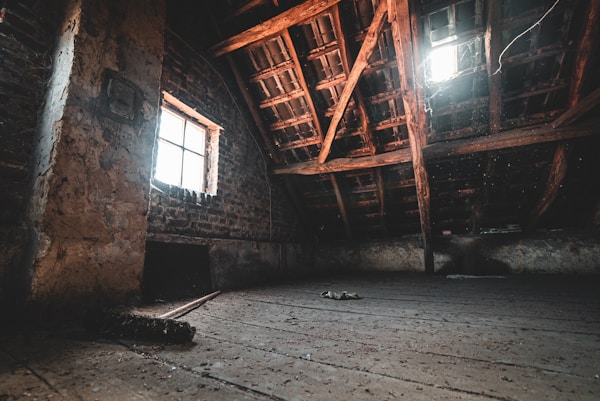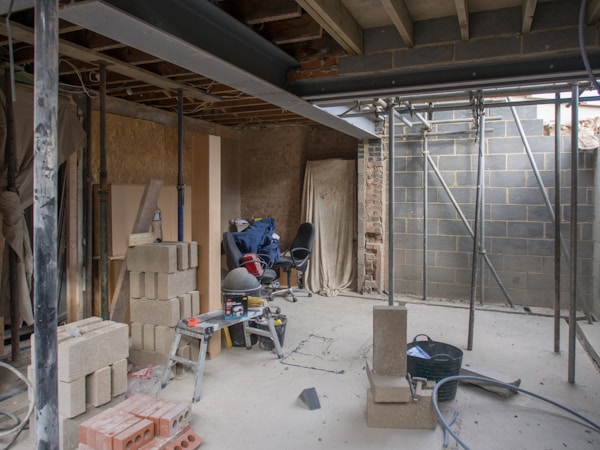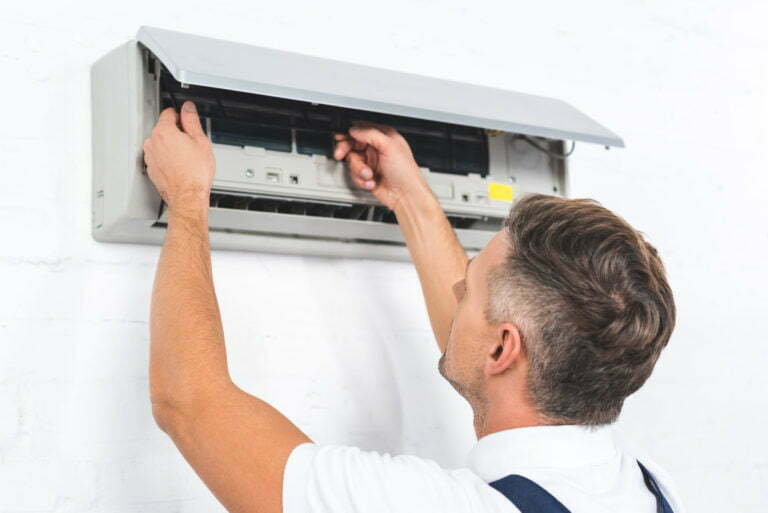If you want to keep your home comfortable and your energy bills low, you need to make sure it’s properly insulated. But insulation installation isn’t a one-size-fits-all job. Different areas of your home require different types and amounts of insulation. Insulation installers can install insulation in the attic, walls, and crawl spaces to help keep your home warm in the winter and cool in the summer. They can also install it in the basement to help protect your home from moisture and pests.
Keep reading to learn how to install insulation in different areas of your home. However, if you are thinking about insulating your home, it is best to hire a qualified installer. They will be able to recommend the best type of insulation for your home and ensure that it is installed correctly.
Use these tips for installing insulation correctly.

There are a few tips to keep in mind when installing insulation:
- Measure the area you plan to insulate before purchasing insulation. This will ensure you buy enough and avoid waste.
- Check what type of insulation is already present in your home. You may be able to reuse some existing insulation or add more on top of it.
- Install insulation batts between studs in wall cavities, making sure to fit them tightly together and seal any gaps with caulk or expanding foam.
- Seal around electrical outlets and other openings with weatherstripping or caulk.
- In attics, install insulation over the top of the roof sheathing and between the rafters, making sure to fill in any gaps. Be careful not to compress the insulation too much or it will lose its effectiveness.
Follow these tips and you’ll be well on your way to success!
Here’s what you need to know before installing insulation.

Installing insulation is a great way to improve the energy efficiency and comfort of your home. However, there are some things you should know before installing insulation in different areas of your home. In order to install insulation properly, you need to first determine what type of insulation is best for each area of your home. There are many different types of insulation available, including fiberglass, cellulose, and foam. You also need to measure the thickness of the insulation that you will be installing in order to ensure that it is sufficient. In most cases, the recommended thickness for installing insulation is six inches or more.
It is also important to make sure that any electrical wiring or plumbing in the area is properly covered and protected from the insulation. You may need to use special materials or procedures to do this safely. Finally, always follow the manufacturer’s instructions when installing insulation. Improper installation can result in decreased energy efficiency and increased risk of fire or other hazards.
How to install insulation in your basement.

Basement insulation is important for keeping your home warm in the winter and cool in the summer. It also helps to keep your energy bills down. The first step is to measure the area you want to insulate. You will need to know the length, width, and height of the space. Once you have that information, you can purchase insulation at a hardware store or online.
There are different types of insulation available, so be sure to choose one that is appropriate for your climate and the type of basement you have. If your basement is unfinished, you can install fiberglass batting between the joists on the floor or ceiling. If it is already finished, you can use spray foam or rigid foam board insulation. Be sure to read the manufacturer’s instructions carefully before installing any type of insulation. Wear gloves and safety glasses when working with insulation, and take care not to inhale any fumes.
Make an informed decision about which type of insulation is right for your home.

There are a few things you need to take into account when choosing insulation: the climate where you live, the type of home, and your family’s needs. The R-value of insulation is important to consider when making your decision. The higher the R-value, the more effective the insulation will be at stopping heat transfer. There are different types of insulation with different R-values, so choose one that will work best for your home and climate.
Another thing to consider is how much noise you want to block. Some types of insulation do a better job at blocking sound than others. Finally, you need to think about your family’s needs. If you have small children or pets, you’ll want to choose insulation that is safe and won’t cause any health problems.
Overall, there are many benefits to insulating your home, including reducing energy bills, improving comfort, and protecting your home from the elements. Different areas of your home require different types of insulation, so it’s important to know which type is best for each area.





